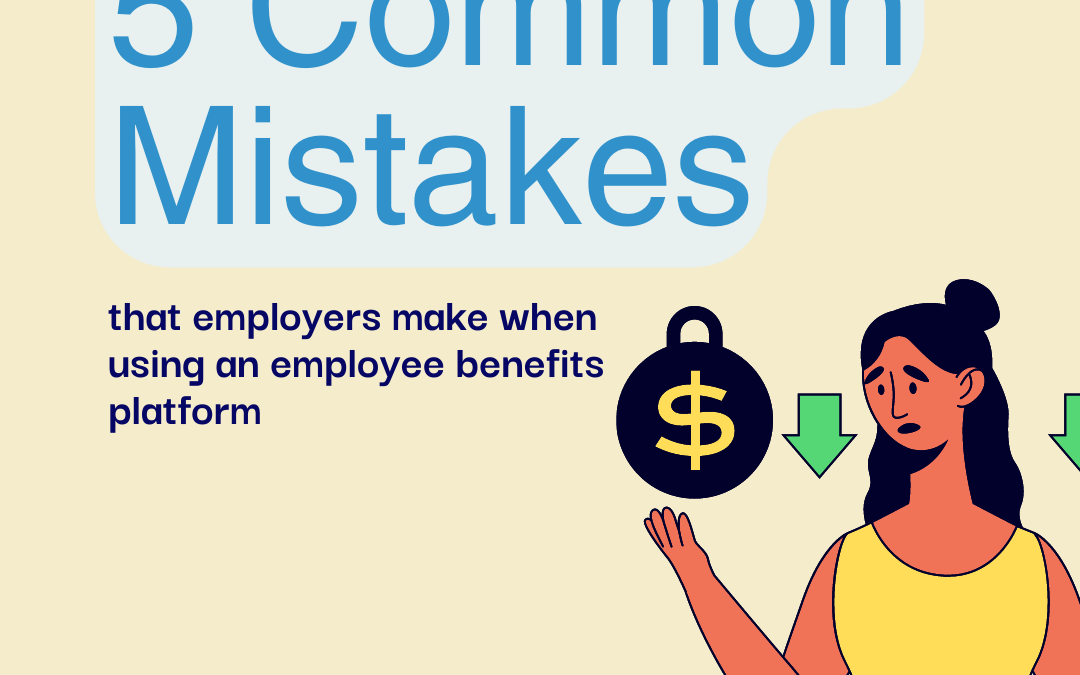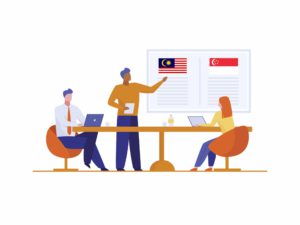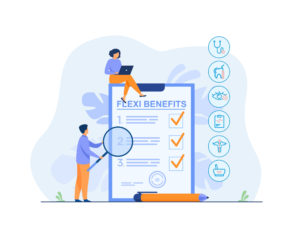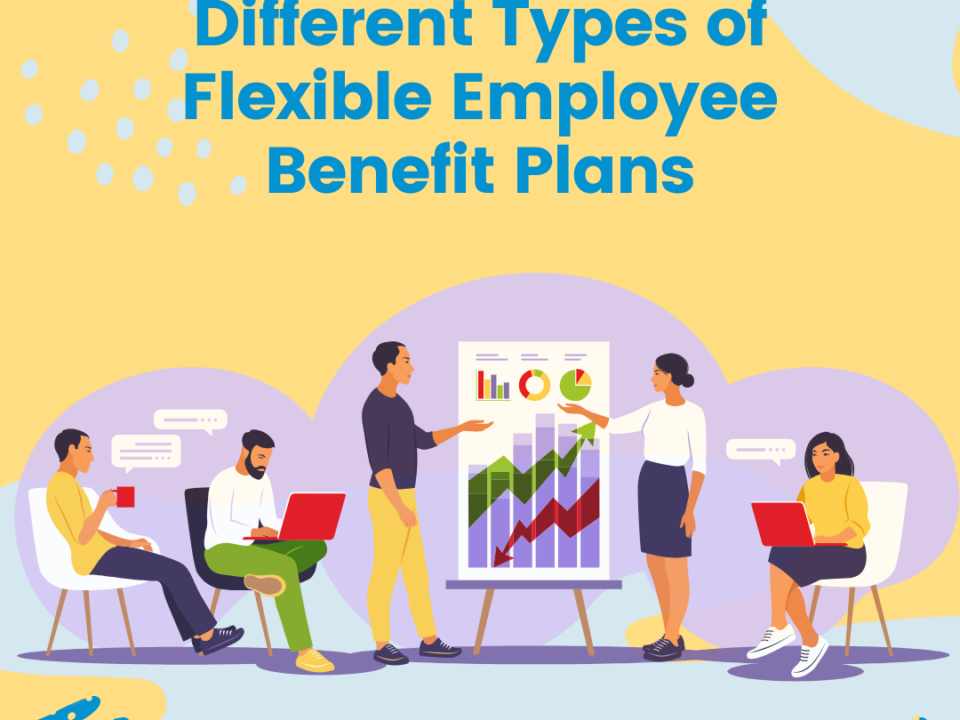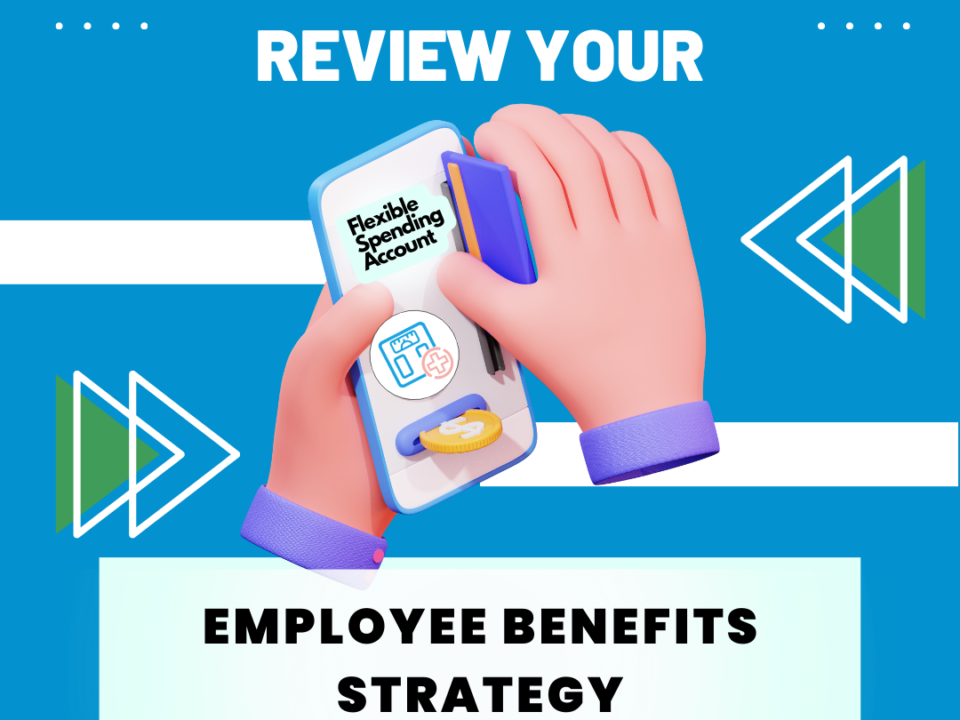
3 Ways of Employee Benefits Administration – Pros and Cons
January 25, 2023
A robust employee benefits strategy is no longer an option for businesses in 2023 and beyond
March 8, 2023Top 5 common mistakes employers make when using an employee benefit platform
Employee Benefits
Top 5 common mistakes employers make when using an employee benefit platform
February 9, 2023
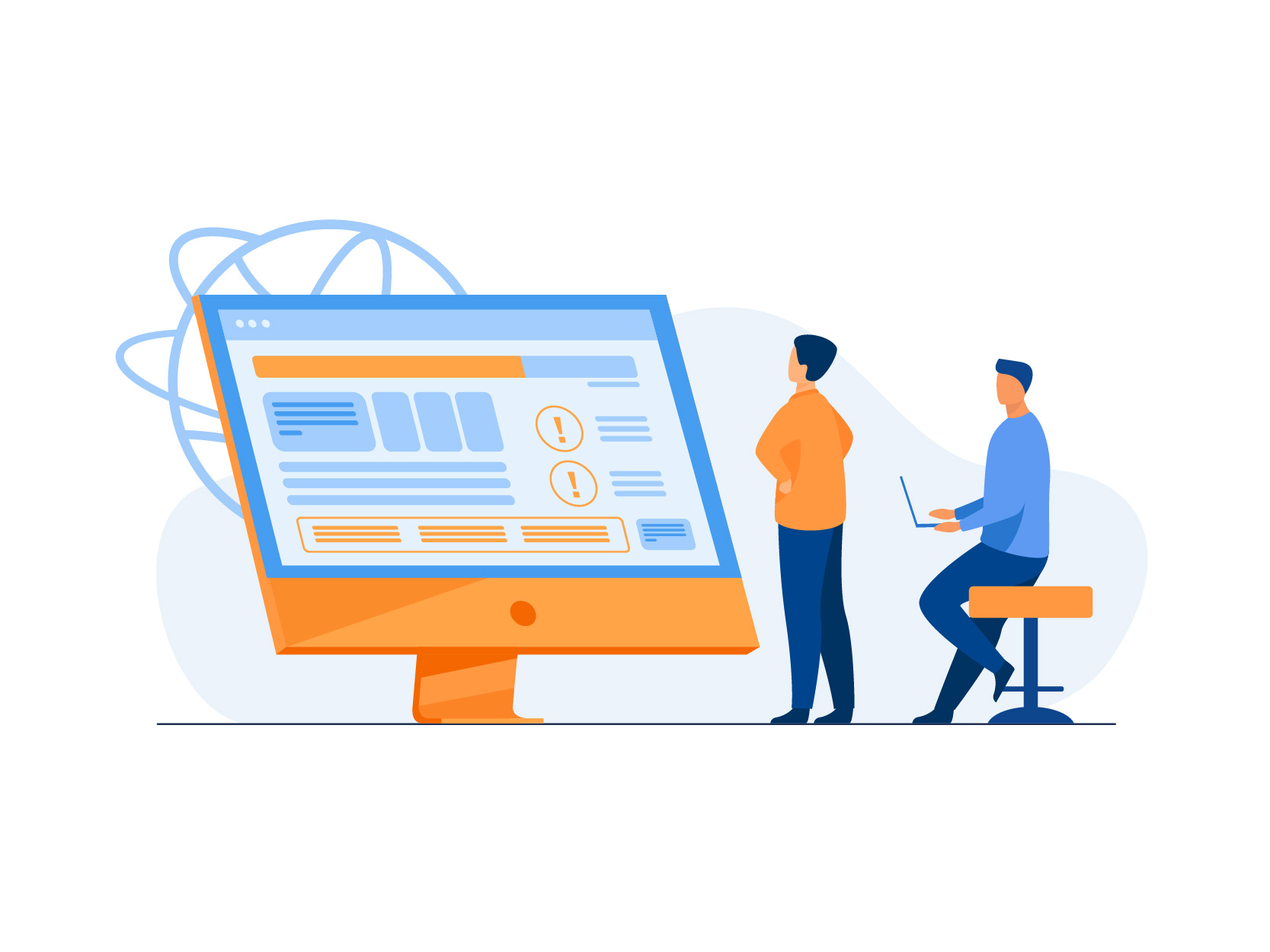
Employee benefit is an important aspect of a successful business, as they provide valuable incentives, cost savings, and improved morale for employees. Based on the Mednefits 2022 employee benefits trend report conducted amongst 200 HR decision-makers from Singapore and Malaysia, the providence of employee benefit has been shown to generate greater employee engagement (52%) and to increase employee retention and attraction (49%).
However, it can be difficult to manage multiple benefit programs while ensuring that they are tailored to meet the needs of all employees. Especially when it comes to offering a comprehensive benefits package to employees, employers can be easily overwhelmed by the vastness of the benefits landscape. As such, the employee benefit platform was developed for employers to have a more effective employee benefit management system. Nonetheless, while using an employee benefit platform for effective employee benefit management, they need to be aware of common mistakes that could lead to costly errors, decreased employee satisfaction, and other issues.
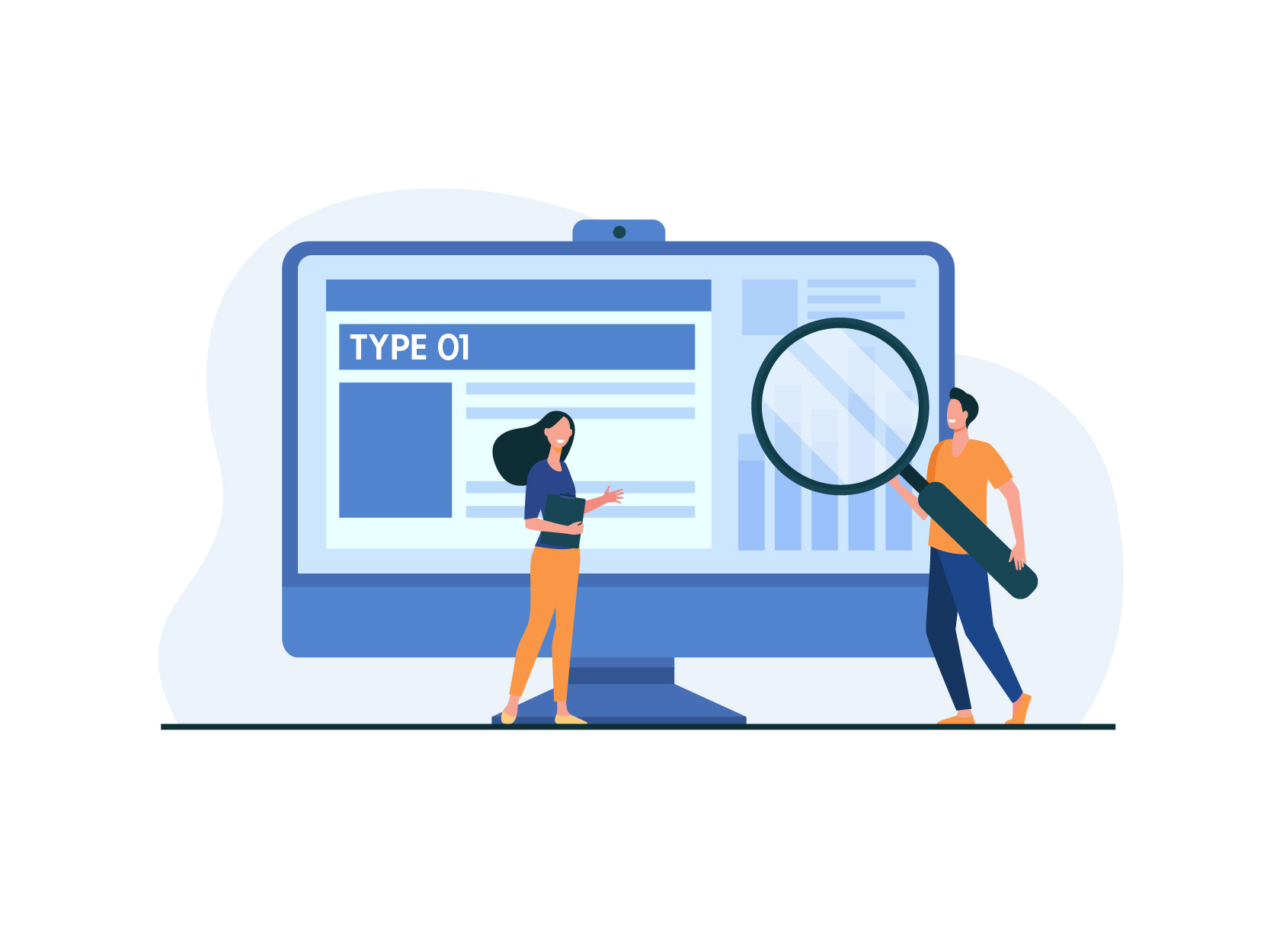
1. Lack of personalisation
When it comes to selecting personalised benefits, employees are being denied the freedom to do so due to the lack of employee benefit management platform to support this overwhelming process.
As a consequence, these benefits are not being adequately utilised, leading to wasted expenditure and employee dissatisfaction. The concept of personalised benefits is becoming increasingly important in the modern workplace. Furthermore, by allowing employees to have the freedom to choose the best-suited benefits, organisations are ensuring that their employees feel heard. When employees feel heard, a report by Salesforce showed that they are 4.6x more likely to perform better at their work, increasing workforce productivity.
However, the lack of freedom to select their own employee benefits meant that employees are often unable to make the most of the benefits their organisation provides. This in turn causes a great deal of frustration for employees, leading to a lack of motivation and engagement. It also means that organisations are not getting the most out of their benefits programme, wasting funds on benefits that are not being adequately taken advantage of. It is therefore important for employers to consider how they can provide employees with greater freedom when it comes to selecting their personalised benefits.

2. Absence of real-time data to measure the effectiveness of benefits package
When it comes to understanding the full effectiveness of a benefits package, important data points should be incorporated and taken into consideration. Without having a collated data set or real-time data that can measure the effectiveness of a benefits package, it is difficult to know whether the benefits are truly making a positive difference.
It is not enough to simply provide benefits. Rather, benefits should be carefully managed and reviewed to ensure they are balanced and meet the unique needs of both the organisation and its employees. A properly constructed data set can help employers and benefits teams understand the current landscape and make the necessary adjustments that will keep the benefits package competitive, attractive, and meaningful.
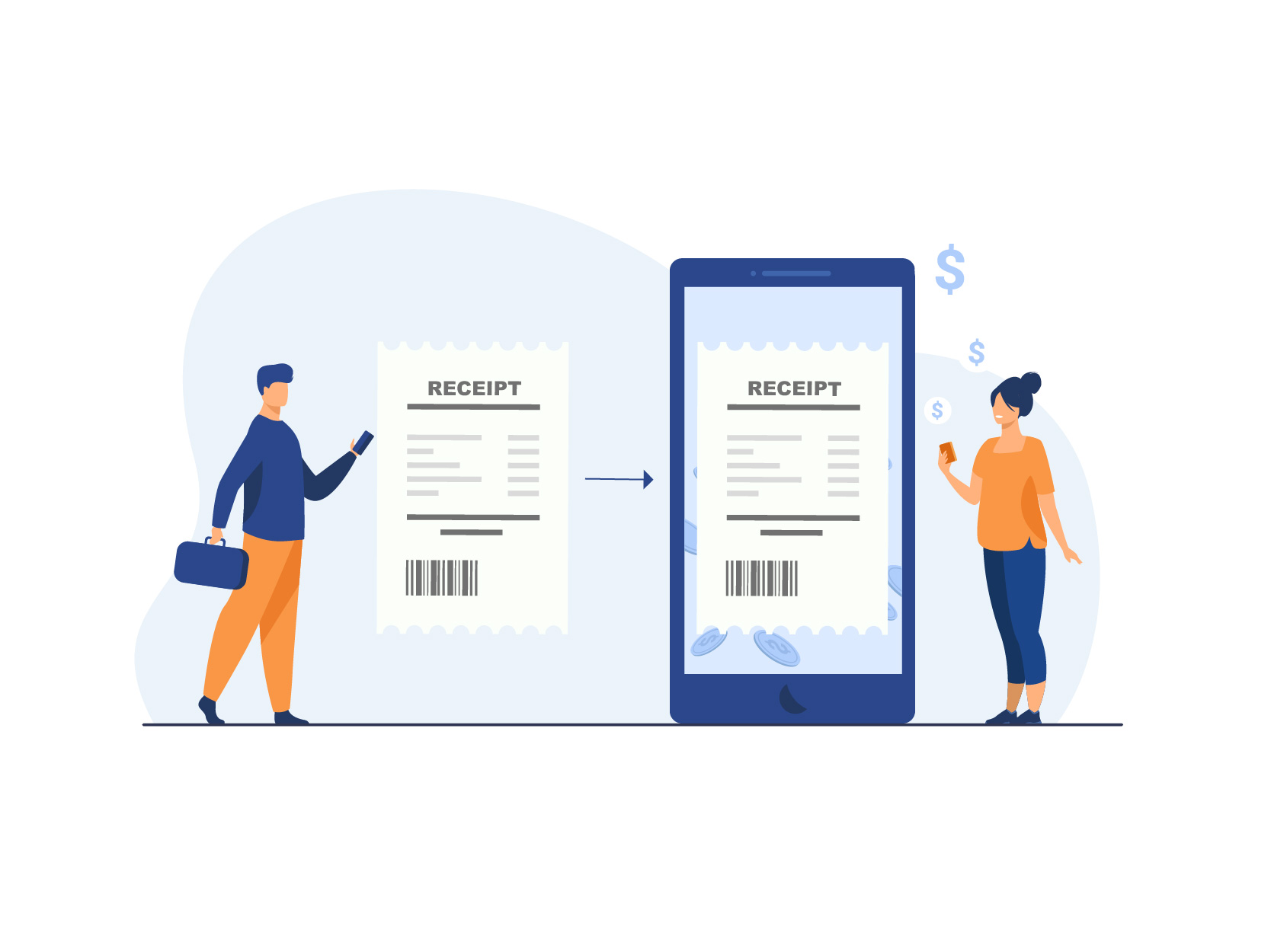
3. Failure to consider the ease of usage of employee benefit platform
Choosing an employee benefit platform for effective employee benefit management is often a tricky process for employers. However, a key criterion should be the strong user experience that ensures ease of usage for their employees. Only then will there be a successful adoption of employee benefits where companies can observe greater satisfaction amongst their employees.
By administering employee benefit on an employee benefit platform that leverages the latest technologies and user interface design principles, employers will be able to create an intuitive user experience that not only ensures employee adoption and satisfaction but also helps streamline and simplify benefit administration.
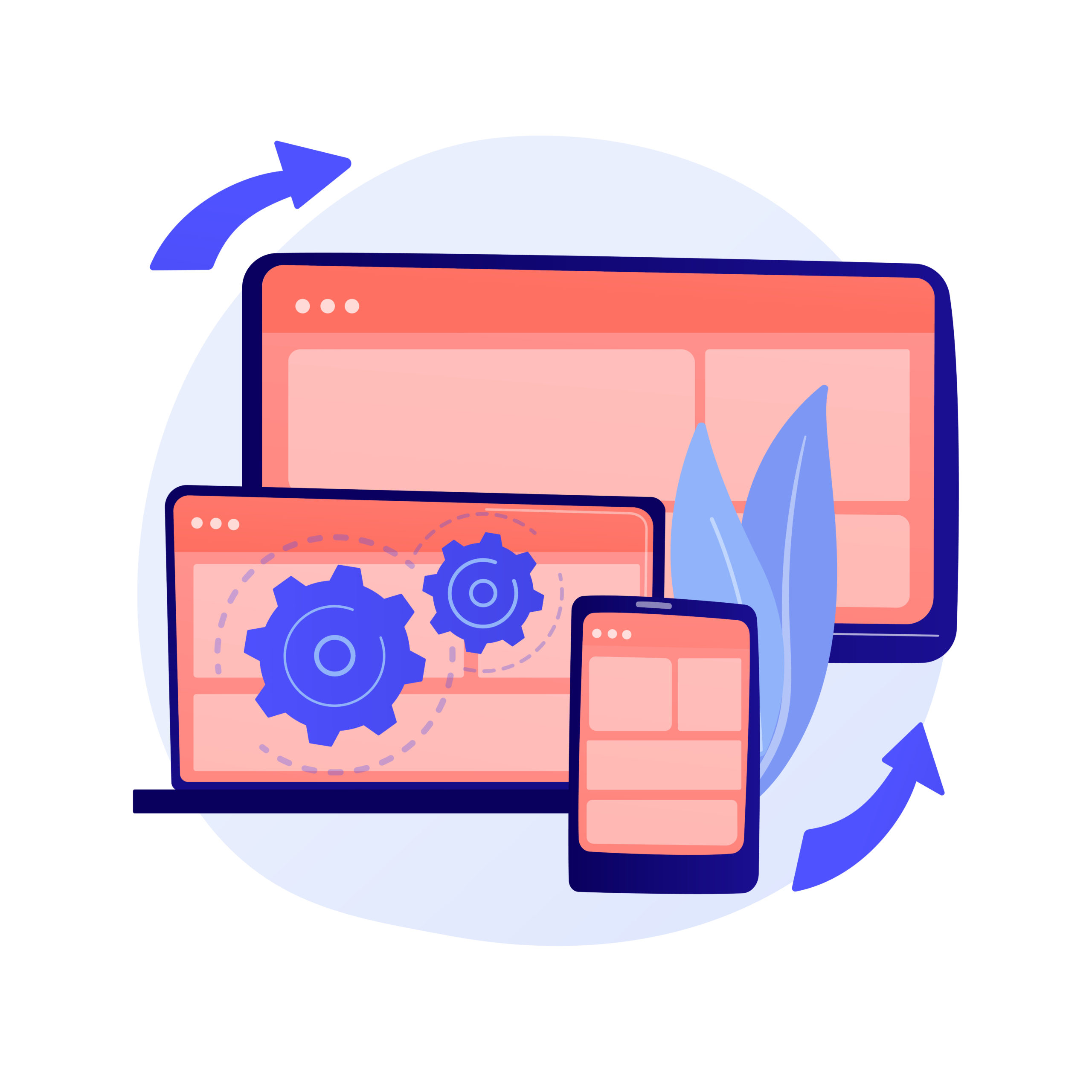
4. Inconvenience when updating or changing policies after reviewing them
Having a well-crafted and updated benefits program is essential for any company and its employees. With 78% of employees mentioning that a company that offers great employee benefit packages are more likely to increase their loyalty to the company, organisations must constantly review and update their program to cater to their employees’ demand. Employees should be provided with the necessary resources and the opportunity to receive benefits that meet their individual needs and fit their lifestyles. A company's benefits program is not a “one-time” set up and employers should review and update their benefits plans on a regular basis to ensure that they are meeting their employee’s needs.
Unfortunately, many employers are not taking the necessary steps to review and update their benefits plans as regularly as they should. This can cause employees to have the feeling of having out-of-date employee benefit, eventually resulting in lowered morale and dissatisfaction among their employees. Nonetheless, even if employers are willing to take the step to review and update their policies, the lack of a platform that provides robust data and customisaton to allow them to make a decision would deter them from taking the step.
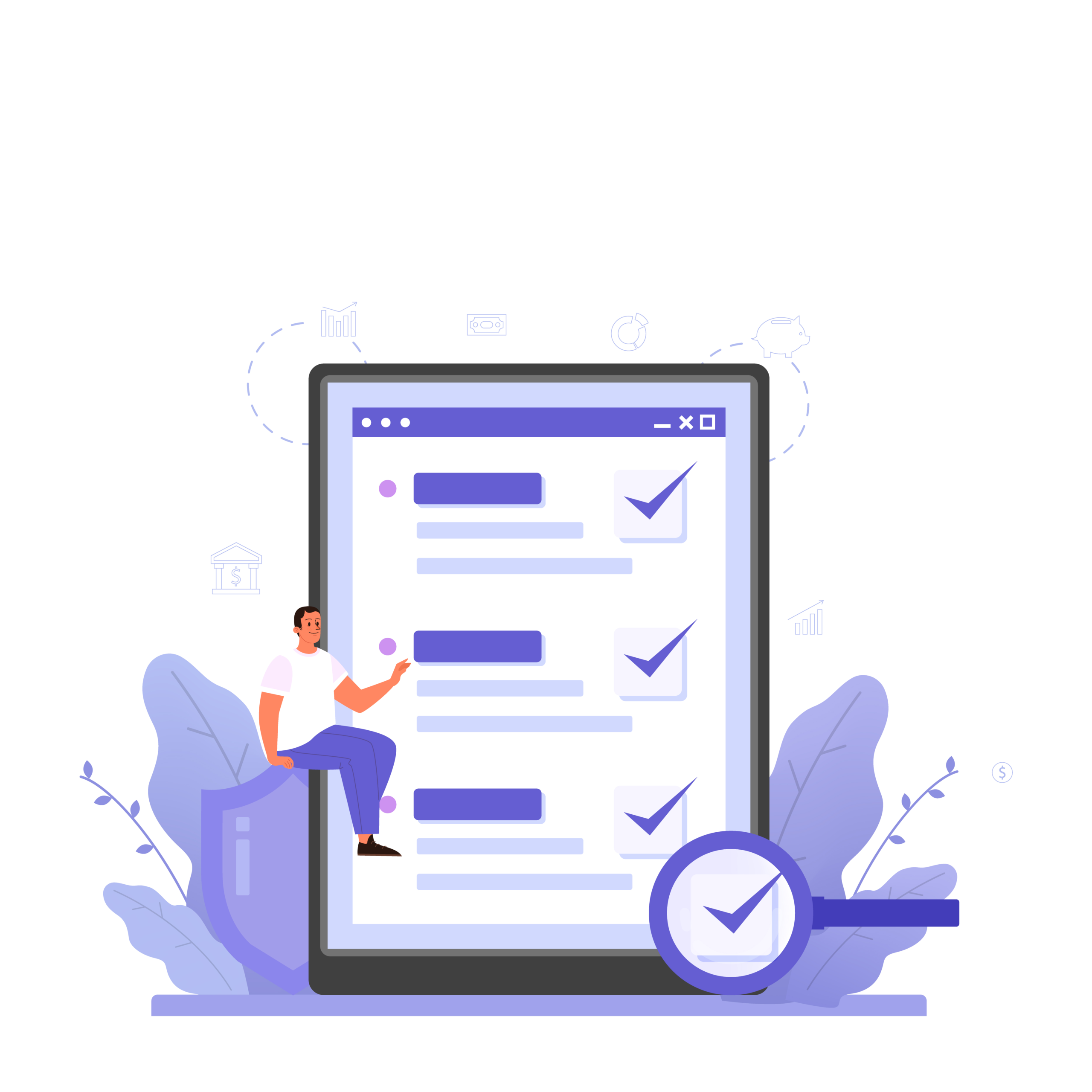
5. Neglecting proper communication with employees on benefits available to them
In spite of an organisation having a well-planned employee benefit strategy and an effective employee benefit platform, it would all go to waste if the organisation fails to communicate with their employees on the types of benefits that are available. Benefits are an important part of any employee's job, and it's critical that employees know their rights and their entitlements to workplace benefits. As such, a well-facilitated communication that drives transparency of benefit information would allow employees to check their entitlement balances and make full use of their benefit.
Without a clear understanding of the benefits available, employees may feel frustrated and confused, unable to make the most of the resources available to them. This can lead to a decrease in overall morale in the workplace, as employees may feel their needs are not being met or adequately addressed. To ensure employees are able to take advantage of the benefits available, it is important to communicate information in a timely and clear manner. This includes providing written materials and offering opportunities for employees to ask questions and seek guidance. Doing so can help foster a positive work environment and ensure employees feel empowered to make use of the resources available to them.
Only with the right employee benefit platform, like Mednefits, employees can enjoy the best possible working experience
There are multiple mistakes that employers might end up making when using an employee benefit platform. By understanding these mistakes, and taking steps to avoid them, employers can ensure that their organisation is taking full advantage of the benefits of using an employee benefit platform. With some forethought and planning, employers can ensure that they are using their employee benefit platform to its fullest potential and providing their employees with the best possible experience.
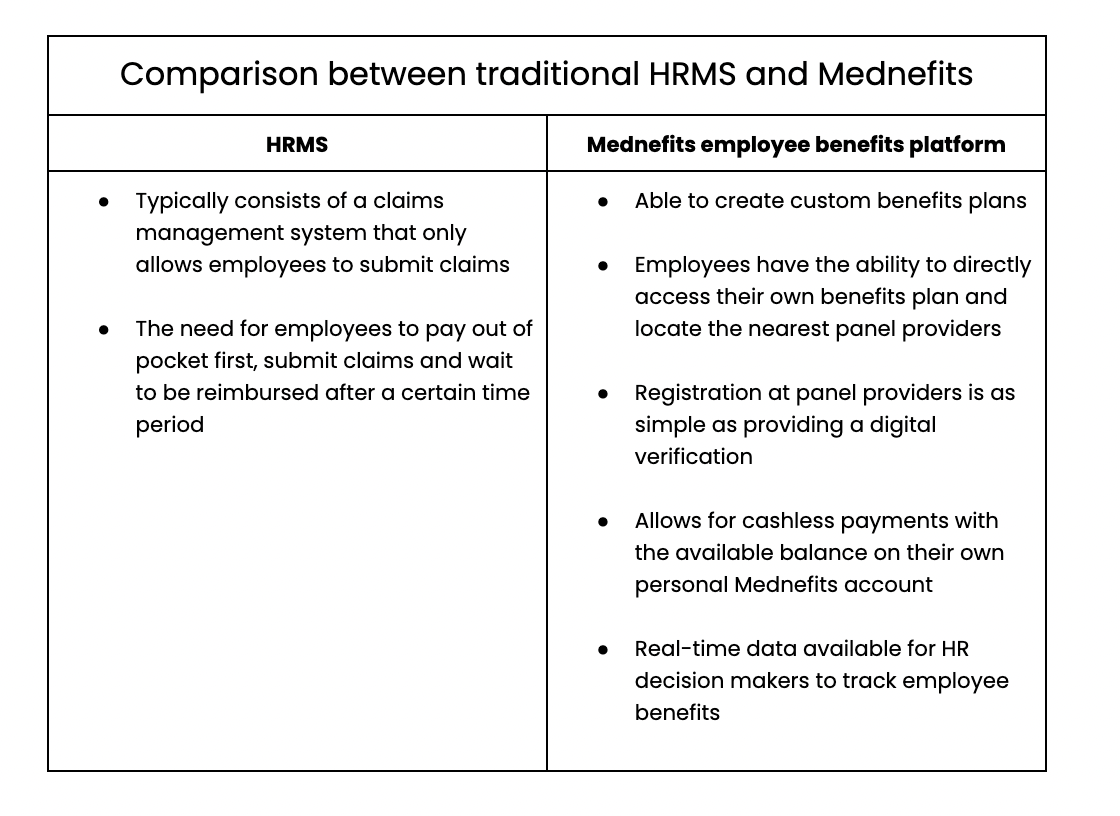
Want to see how benefits software works in your company? Contact our Benefits Specialists to request a demo.
Related articles:
- 3 common mistakes that cost your employee benefits ROI
- Five considerations when renewing employee benefits insurance
- Why attractive employee benefits matter more than you think
About Mednefits:
Mednefits helps businesses take care of their employees with its automated, affordable, and accessible employee benefits platform.
Request to join Mednefits for free to help process and track claims in real-time, while controlling costs.
